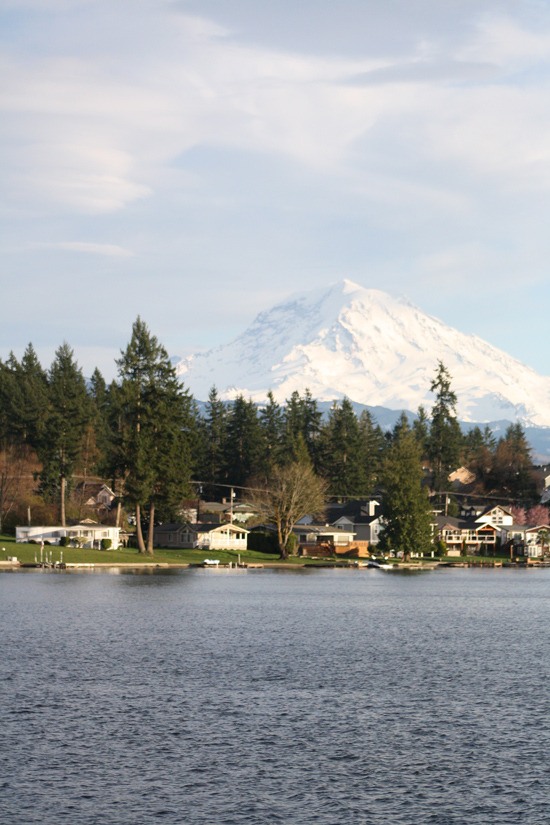Although Cascade Water Alliance is required to control and prevent the spread of Eurasian water milfoil in its Lake Tapps Reservoir, which it does, treatment of native aquatic plants is not Cascade’s responsibility, the company wrote in a release.
These native species provide important habitat to a variety of species including fish, aquatic invertebrates, and waterfowl.
Unfortunately, dense growth of non-native, and sometimes even native plant species, can also be detrimental to fish and wildlife.
There are aquatic plant management options for lakefront property owners at Lake Tapps to control nuisance aquatic weeds near docks and along shorelines that will not be addressed by Cascade Water Alliance’s ongoing Eurasian watermilfoil control program.
Property owners, however, must follow rules outlined in Washington Department of Fish and Wildlife’s (WDFW) Aquatic Plants and Fish: Rules for Aquatic Plant Removal and Control when addressing aquatic native plants , or apply to WDFW for Individual Hydraulic Project Approval (HPA) permit.
In addition, poorly maintained septic tanks that leak into lakes are widely known to result in increased nutrients in the waterway, and increase the likelihood on nuisance plant or algae blooms in the water. Keeping all hard surfaces as clean as possible also can significantly reduce nutrient input into the near shore areas.
Methods of removal, covered in detail in by WDFW rules, are summarized below. All methods must comply with technical provisions, including recommended dates of removal or control. For your convenience, Table 1 Permit Requirements for Aquatic Noxious Weed and Beneficial Plan Removal or Control is provided below.
The pamphlet provides that recommended time for this work be done between July 16 and early August.
Removal of Aquatic Plants by Hand: Hand removal or control of aquatic plants can help eradicate an early infestation of aquatic noxious weeds and can be effective for small, confined areas. Removal by hand or hand held tools in very small sections or individually ensures the removal of stem and if possible root material.
Bottom Barriers and Screens: Bottom barriers or screens can help eradicate an early infestation of aquatic noxious weeds and are best used in small, confined areas where control of all plants is needed. The use of bottom barrier or screens involves synthetic or natural fiber material used to cover and kill plants growing on the bottom of a watercourse which are secured around the perimeter with sandbags or bags of pea gravel.
Weed Rolling: Weed rollers are best used when you need to control all aquatic plants.
Mechanical Harvesting and Cutting: Mechanical harvesting and cutting projects to control or remove both aquatic noxious weeds and aquatic beneficial plants involves using aquatic mechanical harvesters, which cut and collect aquatic plants, and mechanical cutters, which only cut aquatic plants.
Reduction or Elimination of Excess Nutrients: Like plants that grow in our yards on land, aquatic plants rely on nutrients in sediment for growth and survival, so homeowners should not contribute to the problem. Excessive use of lawn fertilizers with contents like nitrogen and phosphorous contribute to increased growth of aquatic plants and algae. Homeowners should look for lawn fertilizers with low amounts of these chemicals.
Other Permits May be Necessary
The Aquatic Plants and Fish pamphlet pertains only to WDFW’s administration of hydraulic projects regulated under the Revised Code of Washington (Chapter 77.55 RCW.)
It is residents’ responsibility to apply for and obtain additional permits or authorization from other government agencies, such as Bonney Lake, Pierce County or WDFW and Cascade that may be necessary for this project.
The Governor’s Office for Regulatory Innovation and Assistance (ORIA) can assist homeowners in determining their permit needs.


